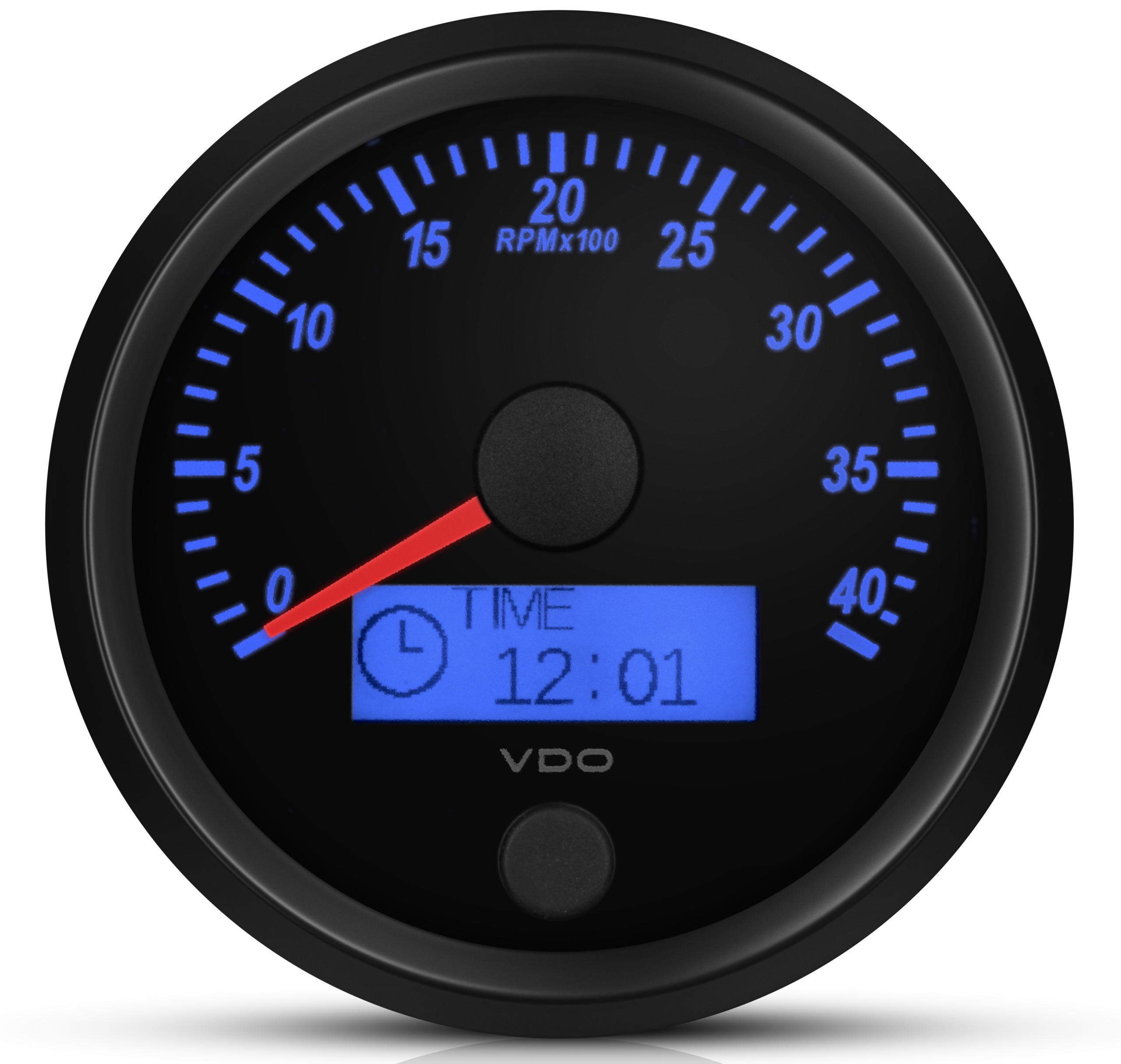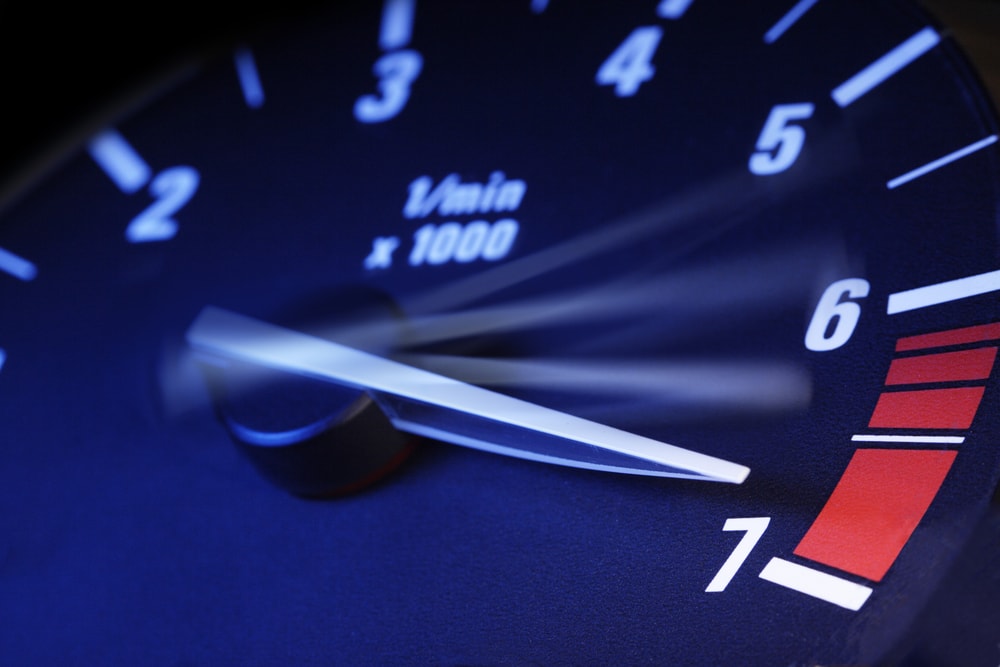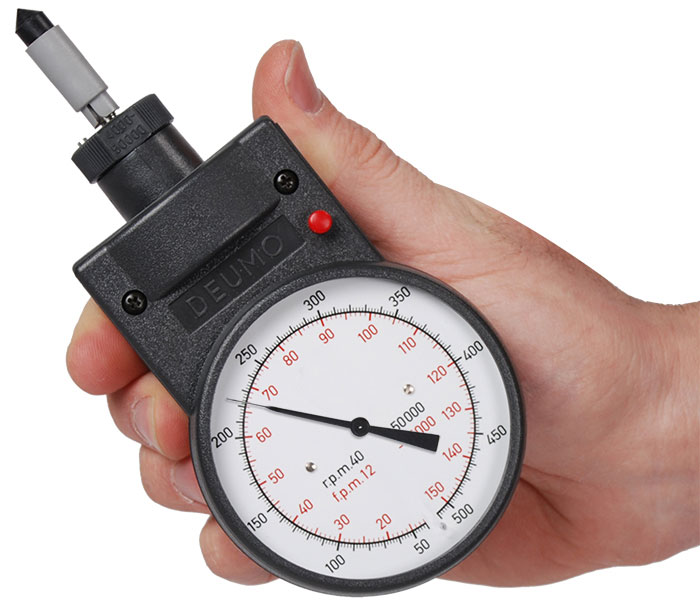Top Reasons That Every Chauffeur Needs a High-Quality Tachometer
Top Reasons That Every Chauffeur Needs a High-Quality Tachometer
Blog Article
The Importance of a Tachometer in Checking Engine Rate and Performance in Automotive Applications
In the realm of vehicle design, the tachometer stands as a pivotal instrument in the motorist's toolbox, supplying a direct window right into the internal functions of a vehicle's engine. Past its feature as a mere scale of changes per minute (RPM), the tachometer offers as a crucial tool for lovers and experts alike, supplying real-time insights right into engine performance and health.
Importance of Keeping An Eye On Engine RPM
Keeping track of engine RPM, or transformations per minute, is an essential facet of auto upkeep and efficiency evaluation. Engine RPM straight correlates with the rate at which the engine's crankshaft turns, suggesting exactly how promptly the engine is running.
In addition, monitoring engine RPM is crucial for efficiency analysis in auto racing and high-performance lorries. In recap, checking engine RPM is not only important for detecting issues but likewise for optimizing engine efficiency in various automotive applications.

Advantages of Real-Time Data
In automobile applications, real-time information plays an essential function in giving instantaneous insights right into the efficiency and condition of the automobile. By continuously keeping track of various specifications such as engine speed, temperature level, fuel consumption, and a lot more, real-time information uses many benefits that contribute to enhanced efficiency and safety and security on the road.
One substantial benefit of real-time information is its capability to alert motorists and technicians to any kind of abnormalities or concerns quickly. This aggressive method enables fast identification of potential issues, permitting timely treatments to stop additional damages or malfunctions. Furthermore, real-time data promotes performance optimization by giving instant comments on driving practices and engine efficiency. Drivers can readjust their behavior in real-time based upon this information to attain much better fuel economic situation and prolong the lifespan of their automobile.

In addition, real-time data plays an essential duty in contemporary automobile diagnostics, allowing service technicians to swiftly detect and address breakdowns. This causes decreased downtime, reduced upkeep costs, and eventually, boosted total car integrity and longevity (tachometer). By taking advantage of the power of real-time information, automotive stakeholders can make informed choices that positively impact both the efficiency and durability of the lorry
Influence on Gear Shifts
The tachometer plays an essential function in optimizing gear shifts by giving real-time engine speed information to the motorist. When coming close to the redline on the tachometer, it signifies the chauffeur to upshift to avoid over-revving the engine and creating possible damages.
Additionally, the tachometer aids in achieving smoother equipment changes, especially in manual transmissions. By monitoring engine rate, drivers can implement equipment changes at the ideal RPM variety, decreasing jerking activities and reducing endure the transmission parts. This accuracy on duty adjustments not More hints only enhances driving comfort however likewise adds to sustain efficiency.
Enhancing Gas Effectiveness
Provided the crucial duty the tachometer plays in maximizing equipment shifts for efficiency and engine health and wellness, it straight adds to making the most of fuel effectiveness in auto applications. By offering real-time comments on engine rate, the tachometer aids drivers in keeping the most reliable RPM array for fuel economic climate. When chauffeurs consistently check the tachometer and readjust their motoring habits accordingly, they can avoid unneeded click for more info gas consumption caused by over-revving or carrying the engine.
Moreover, the tachometer assists motorists determine one of the most fuel-efficient equipment to be in at any type of given minute, protecting against the engine from functioning more challenging than required. This is particularly crucial during acceleration and travelling, where remaining in the appropriate equipment can significantly impact fuel efficiency. In addition, the tachometer can notify motorists to prospective mechanical issues that can be negatively influencing gas economy, such as a sliding clutch or a stopped up air filter. In verdict, the tachometer works as a valuable device in boosting fuel performance by promoting optimum driving practices and determining locations for renovation in the lorry's efficiency.

Optimizing Engine Long Life
The tachometer's role in monitoring engine speed and efficiency is important in making sure the long life of automobile engines. By utilizing the tachometer effectively, motorists can optimize engine durability via mindful RPM management. Regularly revving an engine expensive can result in too much damage on essential elements, such as the pistons, valves, and bearings. In time, this can result in reduced engine efficiency and potential breakdowns. Keeping track of the tachometer enables motorists to stay within the suggested RPM range for their vehicle, avoiding unnecessary strain on the engine and prolonging its lifespan.

Final Thought
To conclude, the tachometer plays a crucial role in monitoring engine rate and performance in vehicle applications. By offering real-time data on RPM, it permits for reliable equipment changes, enhanced fuel efficiency, and taken full advantage of engine long life. This tool is essential for keeping optimum engine efficiency and ensuring the navigate to this site total capability of a car.
Report this page